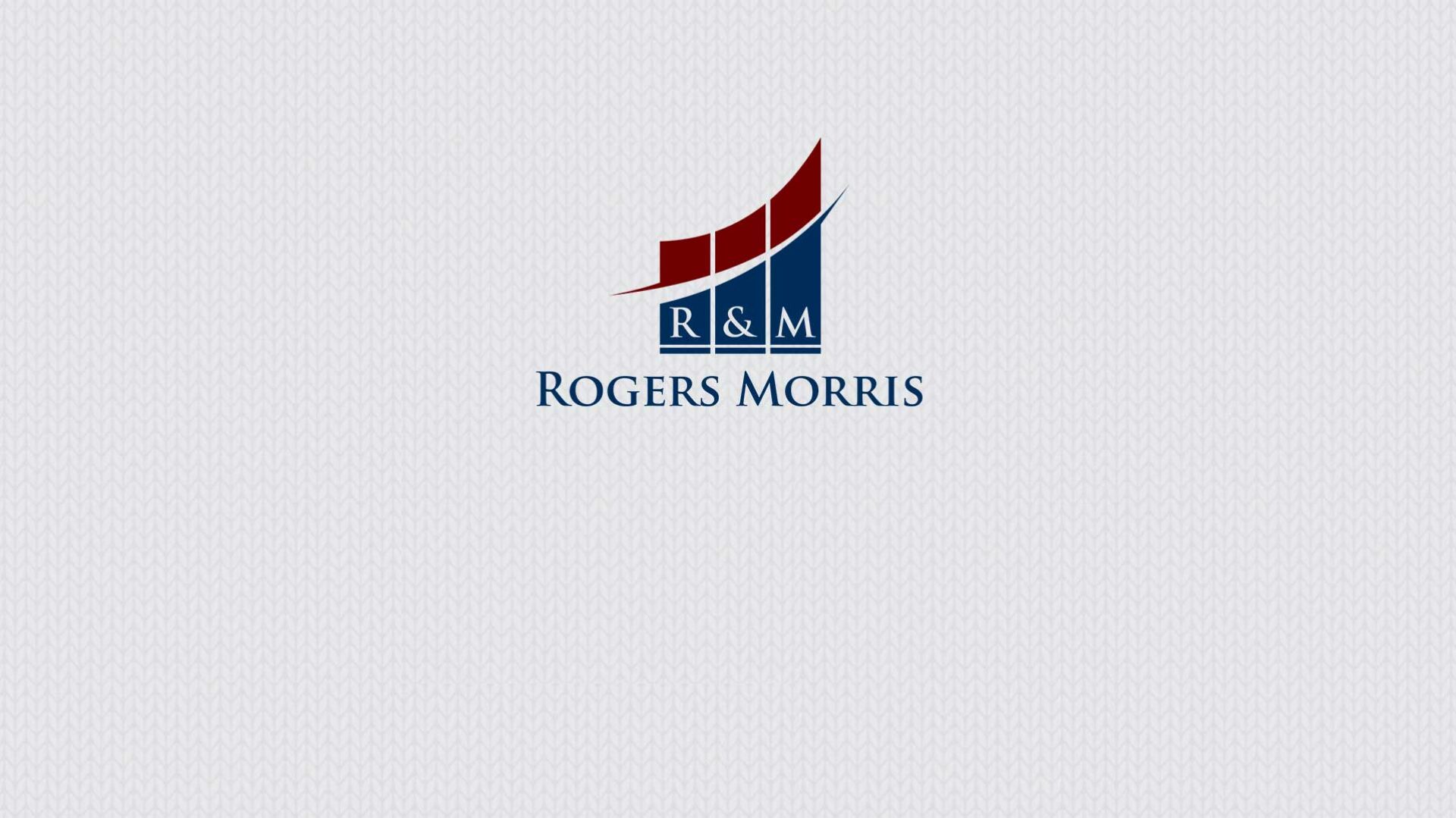As business owners get closer to their ‘use-by date’ they are faced with a dilemma. Do they sell, not sell or just sell a portion of their ownership interest? There are pros and cons with each option. This blog highlights what they are and sets out another option that in many (if not most) cases will be the most suitable.
Selling the business – As mentioned in a previous blog (http://www.rogersmorris.com.au/triple-whammy-hit-selling-business/), business owners invariably suffer a triple financial hit on selling their businesses. They incur a material tax liability (whether capital gain tax or income tax on the special dividend), they lose their salary packages and suffer a substantial hit to their investment returns (dividends and capital growth). They also lose their relevance and status, which can lead to post retirement depression.
Not selling – The problems with not selling are numerous and include the following: A material portion of the family wealth may be exposed to one business, which is probably not prudent for the business owner and his/her heirs. This is particularly so for those not in control, those not managing the business. Another problem is, who will take on the MD/CEO role and how will that sit in the longer term with the business owner’s children and their respective spouses and children? A third problem is how the business owner funds his/her retirement. Leveraging the business to get some cash out (through a return of capital, share buyback or special dividend to the retiring business owner) is generally not recommended – as senior lenders invariably require personal guarantees from directors and shareholders and the leverage places additional financial strain on the business.
Selling down – This could be a sensible option but some tough issues need to be overcome, such as who to sell to, how much to sell, how to protect minority interests, how to ensure an alignment of interests, how to deal with disagreements, whether the new owner will want to be included in the management team, how and when to achieve an exit event for the incoming shareholder/s and so on. Finding a way through all this and still getting a market related price for the ownership interest to be sold is easier said than done.
In many, if not most cases, the best option is not one of the three referred to above. Rather, it is to sell for scrip to an investment holding company (or trust) that has a well-diversified portfolio of investments in well-established unlisted companies generating maintainable profits. This option is more compelling if the scrip sale is to an entity that is to undertake an IPO.
By selling for scrip the business owner should be entitled to CGT rollover relief and so avoid both capital gains tax and income tax on the sale. The investment holding company will probably want to retain the business owner’s IP in relation to his/her business, and so would be more inclined to retain his/her services as either a consultant or board member, which would give the former business owner continued relevance and some income. As the business owner will have effectively swapped his/her ownership interest in the business being sold to an entity that has bought other businesses at a similar multiple, the business owner should continue to earn a similar return on investment post sale as before the sale. If the sale is to an entity that undertakes an IPO, the value of the business owner’s investment should more the double on the IPO. While enjoying a similar return pre-IPO and a much higher return post IPO, the business owner’s investment risk should – due to exposure to a diversified portfolio – be much lower than having his/her investments in a single business. Another important benefit of this option is that it accommodates the situation where one of the business owner’s children wants to remain in the business, while others do not. As the business will no longer be owned by ‘Mum and Dad’, the employment of one child as the CEO will be less likely to be seen by the other children as one child being favoured over the others. To foster long term family harmony, the business owner needs to treat his/her children equally.
This fourth option offers a lot of benefits but does require caution. One needs to be fully au fait with the scrip buyer (the investment holding company) particularly until it offers a very well-diversified portfolio. Until then one needs some control over further acquisitions – by for example having a right to stop management deviating from the agreed acquisition strategy and a right to stop management making acquisitions that do not offer an appropriate return-for-risk. If one’s ownership interest represents 20% or more of the total, one could expect a board seat as well as a veto over further acquisitions and other material decisions.
If you are a business owner and keen to explore this option, I would welcome the opportunity to explain what we can do for you in that regard.
———————————————
Written by: Mark Morris of Rogers Morris Pty Limited
